Festivities are deeply rooted in Indian culture as they hold great significance for the beliefs and spirituality of the people. Every festival has a different way of celebration which involves rituals and food and Sakat Chauth is one of them. Sakat Chauth also known as Maghi Chauth is a Hindu festival dedicated to Lord Ganesha and Goddess Sakat for the protection of children, removing obstacles and bringing good fortune, health and happiness. The festival is celebrated in most parts of the countries under different names. On this day, married women observe fast for the well-being and prosperity of their families.
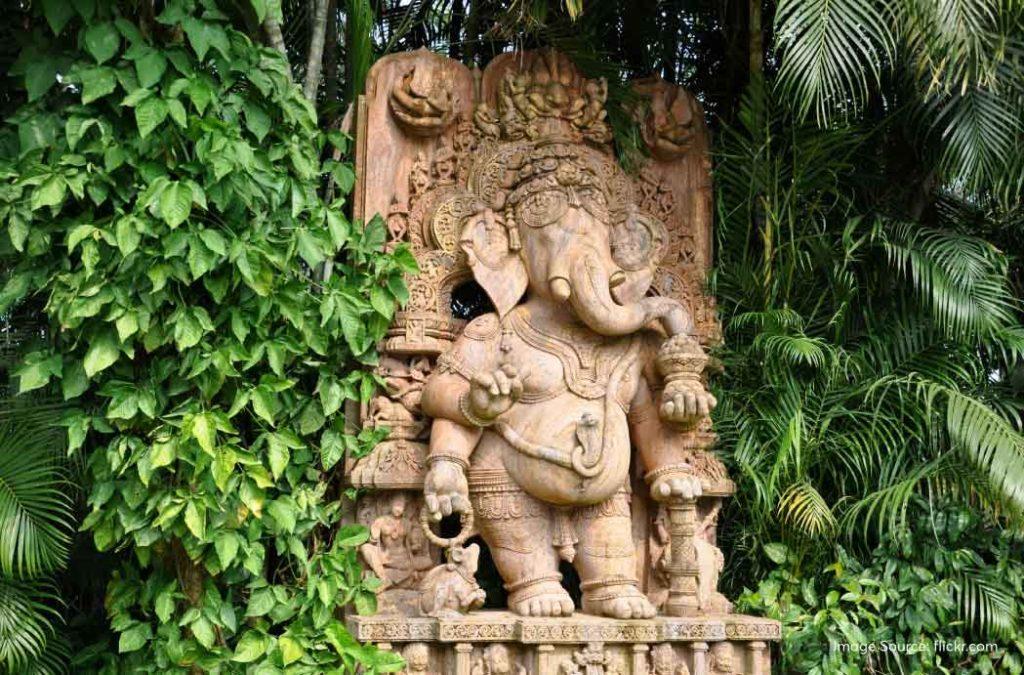
So, let’s learn about its dates, timings, history, religious significance, celebrations, different rituals and food.
Dates and Timings of Sakat Chauth 2025
Like most other Hindu festivals, the dates and timings of Sakat Chauth depend on the Hindu calendar. According to the calendar the festival is celebrated on the Chaturthi Tithi (Fourth Day) after a full moon of the Magha month, usually between January and February.
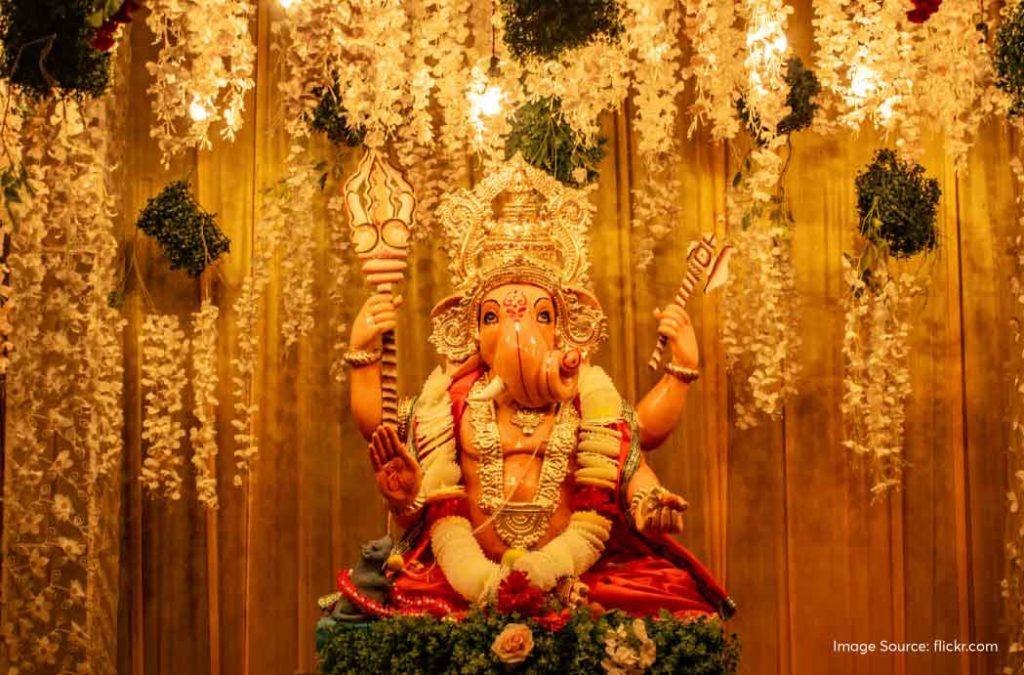
This year, the festival is being celebrated on the 17th of January from 4:06 AM to 5:30 AM the next day. Moreover, due to the alignment of the lunar cycle with the Magha month, the festival holds an additional significance in 2025.
History and Religious Significance of Sakat Chauth
The celebration of the Sakat Chauth dates back to ancient Hindu traditions and mythology. Usually, mothers observe Sakat Chauth fast for the well-being of their children, and couples observe the fast who face problems related to childbirth.
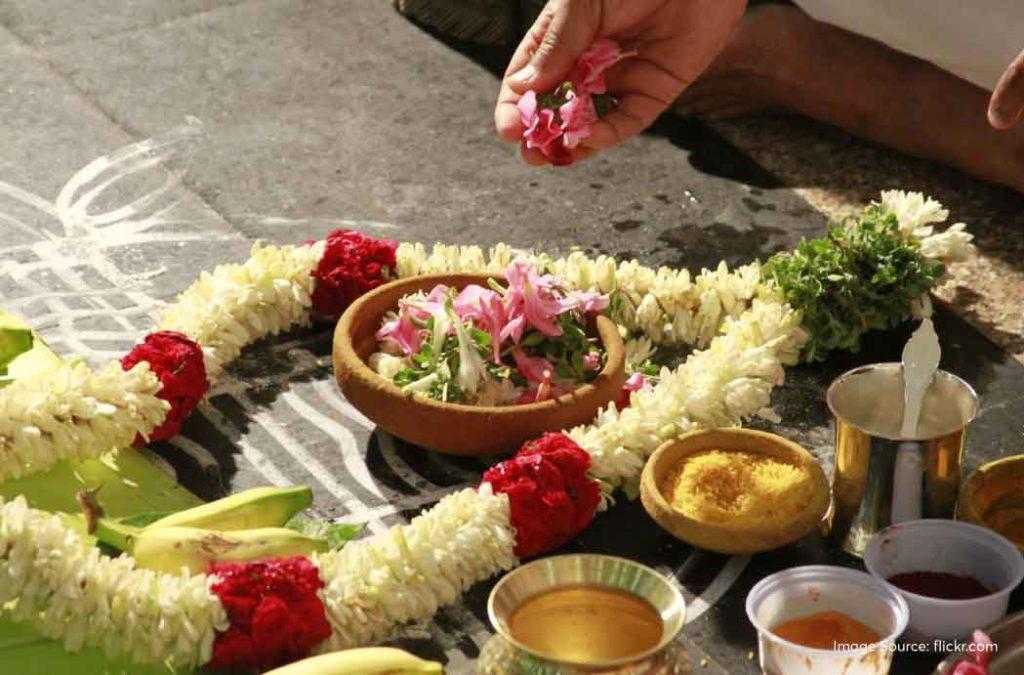
There are three different stories associated with the Sakat Chauth Festival.
According to Hindu Mythology, Lord Ganesha is known for removing the obstacles of his devotees and removing any crises (sankat/sakat). The name of the festival also suggests Sakat Chauth. One day, Goddess Paravati went for a bath and instructed Lord Ganesha to keep a watch outside and not let anyone enter. Following his mother’s instructions, he did not allow Lord Shiva also to step in due to which the lord got angry and severed Ganesha’s head. When Parvati saw her son’s condition she began crying and demanded her husband to restore Ganesha’s life. After numerous efforts, Ganesha was given a second life by planing the head of an elephant. On the same day, he attained the position to be worshipped first during any celebrations or beginnings. On Sakat Chauth, he was blessed by all the deities and thus the day is considered auspicious to worship Lord Ganesha.
Another tale is associated with praying for Goddess Sakat. Once lived a potter in a village who made clay pots and put them in a kiln but the fire could not ripen the vessels even after a year. He addressed the situation to the monarch, who consulted the Rajpurohit, who proposed sacrificing a kid every time a kiln is prepared for cooking utensils. Each family then started sacrificing their children until it was Sakat Chauth. An old lady was to sacrifice her single son. She was a devotee of the Goddess Sakat, who handed her son with Betal nut of Sakat and “Dub ka Beeda” as protection and asked her son to pray while he was in the kiln. With the blessings of the Goddess, all vessels were made in a single night and all the sacrificed children and the son of the old lady made it out alive. Therefore, the day is marked for worshipping Sakat Mata along with the Lord Ganesh and women observe fast for the safety of their children.
According to a legend, Lord Ganesha is known for removing the obstacles of his devotees. Once a blind lady worshipped him and asked for a wealthy life, a healthy body, eyesight and a grandson. Lord fulfilled her wishes and ever since then, it is believed that whoever observes fast on the day, seeks his blessings for a healthy, wealthy and prosperous life.
Therefore, the rituals of Sakat Chauth connect the devotees with the divine, provide spiritual cleansing and protection from negative forces.
Celebration Details of Sakat Chauth
The devotees follow certain rituals to seek Lord Ganesha’s blessings. Even though the rituals vary from region to region, there are a few common processes throughout the country:
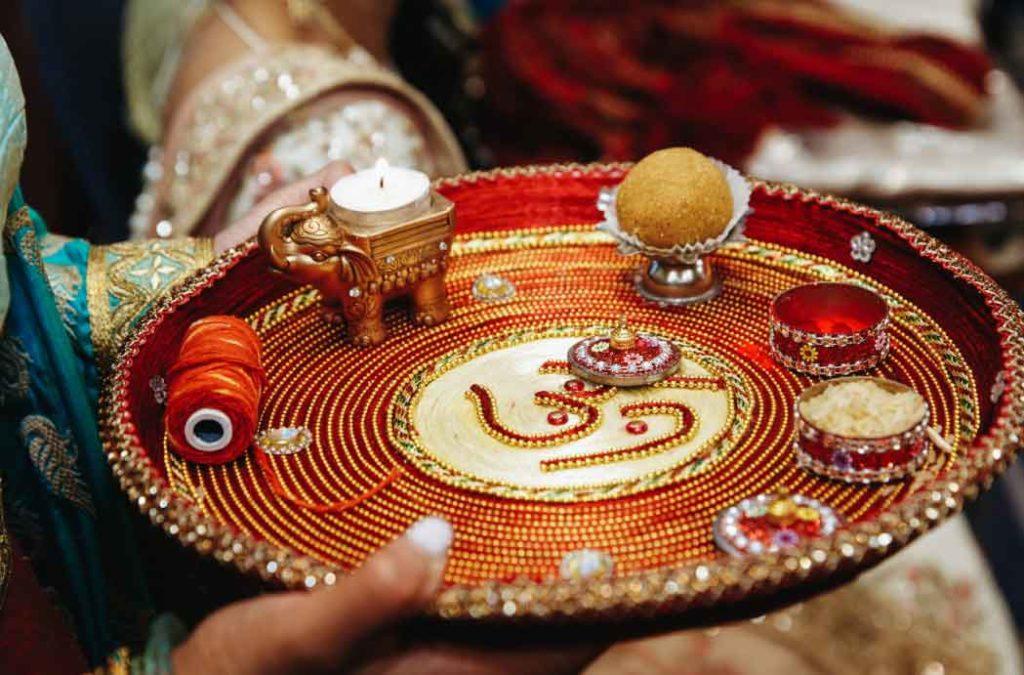
- Wake up early in the morning, clean your house and observe the fast throughout the day by just eating fruits. Some women even prefer not to drink water.
- Set up the Lord Ganesha’s altars or puja mandals and create a mound of Lord Ganesha with til and mud.
- Collect items for the evening rituals including til, dhoop, flowers, kumkum, moli, roli and incense sticks.
- Offer gud (Jaggery), dry fruits and five til ladoos to the deity.
- In the evening read Sakat Chauth Vrat Katha.
- During moonrise, you need to give arghya (offering) to the Moon with water and pray for the well-being and prosperity of your children and family.
- The fast is concluded by consuming sweets made of til.
Religious Variations (Different names across India, state-specific rituals)
The Sakat Chauth festival is celebrated in various parts of the country. The festival is known by different names in different regions, Tilkut Chauth, Tilkut Chaturthi, Sankata Chauth and Maghi Chauth.
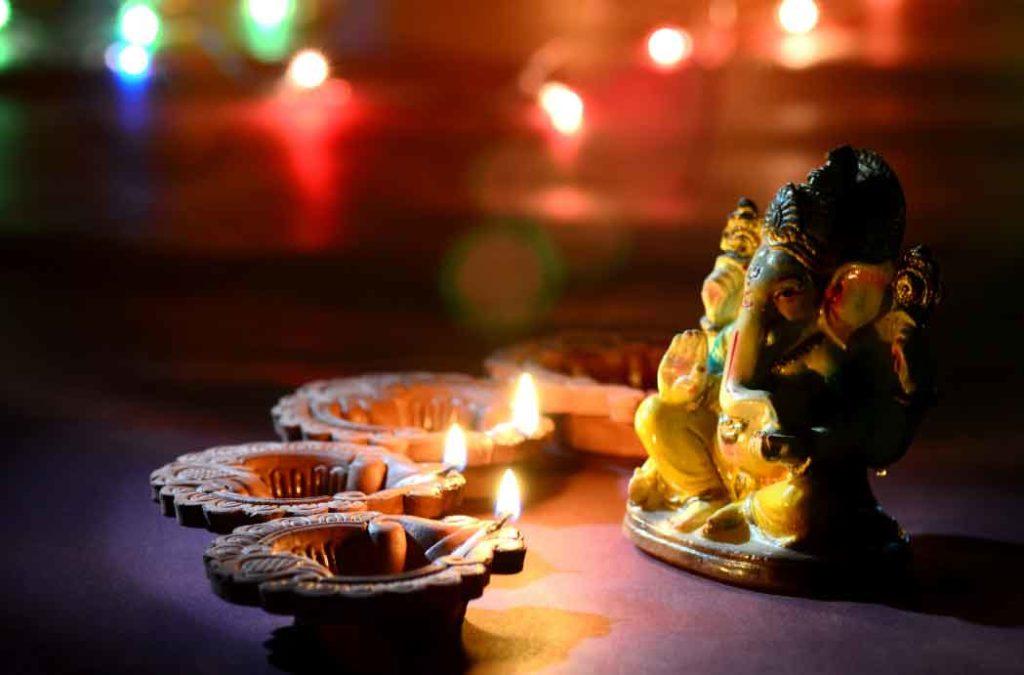
1. North India: In Uttar Pradesh, Bihar, and some parts of Rajasthan, it is associated with keeping a fast for the well-being of the children and Tilkut (ginger-sesame ladoos) is consumed as prasad. Whereas in other parts of Rajasthan, Haryana and Punjab, it is associated with praying to Lord Ganesha for better harvest. Additionally, the women also fast for the well-being of their families. In these states til is offered to Lord Ganesha.
2. Eastern India: The festival in the Eastern region is celebrated in Assam, West Bengal and Odisha as Sankashti Chaturthi by offering prayers and til laddoo. If you happen to be in Assam on the occasion you can book a stay in hotels near Ganesh Mandir Indoor Stadium, Guwahati, to witness the festivities in the temple.
3. Central India: Mostly celebrated in Madhya Pradesh and Chhattisgarh, the women observe fast, recite stories of Lord Ganesha and offer til laddoo to the deity after moonrise.
4. Western India: The day is celebrated in Maharashtra as Angaraki Sankasti Chaturthi when it falls on Tuesday. Lord Ganesh and Goddess Bhavani are worshipped with sesame seeds and jaggery sweets, modak, druva, coconut and betel nut. In Gujarat, devotees make idols of Ganesha with diyas and flowers and worship the deity throughout the day. If you wish to witness the celebration in Mumbai, you can easily find hotels near Shree Siddhivinayak Mumbai.
5. South India: In the southern region of the country, the festival is celebrated as Sankartahara Chaturthi in Tamil Nadu, Karnataka and Andhra Pradesh. Devotees worship Lord Ganesha by performing special rituals and offering bananas, coconuts and flowers. People in Tamil Nadu decorate their homes with special rangoli known as Kolam. Whereas in Kerala, coconut and rice dishes like payasam are offered to the deity.
Food
After offering arghya to the moon, women break their fast with Pugga (a mix of til and jaggery), banana and milk. Radish and sugarcane are also consumed after breaking the fast. Apart from sweets made from til, different regions offer different local food, for instance, in Kerala Paysam and other coconut and rice-based food items are offered to the lord.

Thus, the auspicious day of Sakat Chauth is mostly celebrated throughout the country with different names and variations in rituals. But the significance of the festival remains similar throughout. The festival is celebrated to seek the blessings of Lord Ganesha and Goddess Parvati (known by different names in different regions). The women fast for the well-being of their children and families. The festival is believed to remove any kind of obstacle in one’s life and pave the way for prosperity, wealth and health. If you wish to be a part of any celebrations you can easily find budget-friendly Treebo Club hotels or book a banquet hall in your locality to celebrate the festival with your loved ones.



